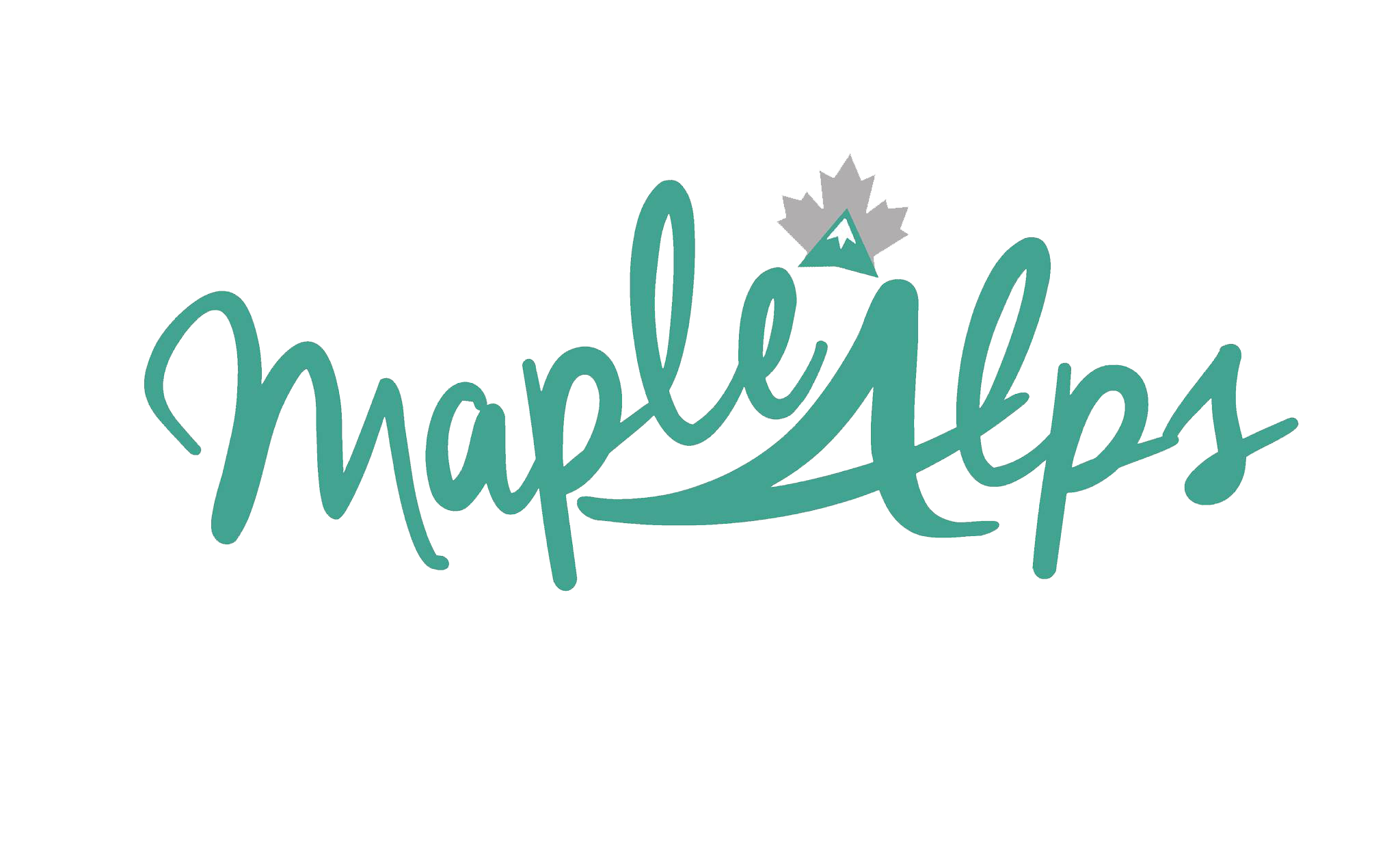In this post a while back, I talked about some of our favorite low-waste practices. I’ve kept trying to add more sustainable habits into our everyday lives, especially now that there are three of us (well, four, including our firstborn cat!). None of these practices are going to singlehandedly save the planet, but our small steps add up. We want to make sure we are doing what we can to be better stewards of the Earth God has given us.
Cloth Diapering
I plan to talk more about our cloth diapering journey, but honestly, this has been a great practice for our family. There are billions of disposable diapers taking up space in landfills and while it may seem that our contribution of approximately 1500+ diapers a year doesn’t help, I think if we all take steps we can make great strides of progress. And if you are concerned about the water and electricity usage when cloth diapering, doing it full-time, we only added 2 loads a week to our usual load and since our washers are very efficient you could compare it to the times a potty-trained person would flush the toilet! The math has been done.
We used the Esembly brand system, if you are interested (try it for 15% off by using this referral link)
Making Food
Trying to avoid foods that come in a lot of packaging really makes us make a lot of our own food. Honestly, though, foods that don’t come with nutrition labels are the best, so we know we are getting the nutrients we need this way too!
One of my favorite sustainable food practices is saving my veggie scraps and making vegetable broth. It’s sooooo easy, tastes better than the store-bought stuff, and does not take much extra time at all.
Cooking our own food comes with the necessity to plan properly, of course, so that there are no good excuses to eat out.
Shopping Less
We shop as little as possible. Groceries and otherwise. This requires planning ahead so we aren’t running to the grocery store, but it’s worth it. Freezing things helps a lot with this, as does keeping stock of everything we have. It’s better for the earth, but saves our wallet as well! (Pssst: purchasing food you normally buy when it’s on sale and then shopping your pantry when you meal plan is a great money-saving strategy)
Related: Eating Cleaner on a Budget
Reusable Dinnerware
We love camping, beach days, and picnics and we love that we’ve ditched disposable dinnerware and can keep enjoying these things sustainably. The Alps to my Maple got me the cutest picnic basket when we got married with, yes, ceramic and glass dishes, and we love busting that out. Otherwise, we have sets of washable dishes that we use when doing outdoor activities. With some planning ahead, it really is worth it!
Also, I started carrying around this great reusable utensil set with me! If we ever get takeout, or we need to eat out, it’s easy to opt out of the single-use plastic and to whip these babies out!
Period Underwear
I’ve talked about using a menstrual cup in full detail here, but period underwear is also a fan favorite! With the cup, it replaces pantyliners, and without, they are great alternatives to pads. I prefer the Thinx brand (you can get them on Amazon too!) but there are many out there. Bonus, they also have come out with really high-waisted ones too that were fantastic postpartum.
Plastic-Free Shaving
Get rid of those disposable razors and choose a plastic-free version. I haven’t found my favorite completely plastic-free shaver yet, but I love the Venus Deluxe (purchase on Amazon here). It has a heavy metal handle that seriously feels indestructible and works great.
Some things I would like to incorporate
I’m far from being a zero-waste person, but I’m taking steps to get there. I just want to be transparent and maybe some of you can offer some advice in the following areas I would like to start doing! Some things I would like to start doing:
Get rid of paper towels
It’s going to be hard to convince everyone in my household to go for this one, but we already use reusable paper towel cloths (you know, those Swedish dish cloths). It’s just a matter of replacing them all in a way that makes sense for us!
Cut back on toilet paper
Postpartum, I realized how easy it would be to use a bidet (the TUSHY looks good), and honestly, I used that peri bottle much longer than needed (TMI?). It would really cut back on TP to go full-on bidet.
Compost
Because we don’t have much of a garden, composting was not very practical for us. We do have a compost bin that gets picked up, it’s really just a matter of finding our flow and creating habits that work.
Sustainable Fashion
Fast fashion is so convenient for those of us in the western world. Even though I’ve started to, I would like to choose more sustainable pieces in the future!
What are some sustainable practices in your life? In what areas would you like to improve?

















